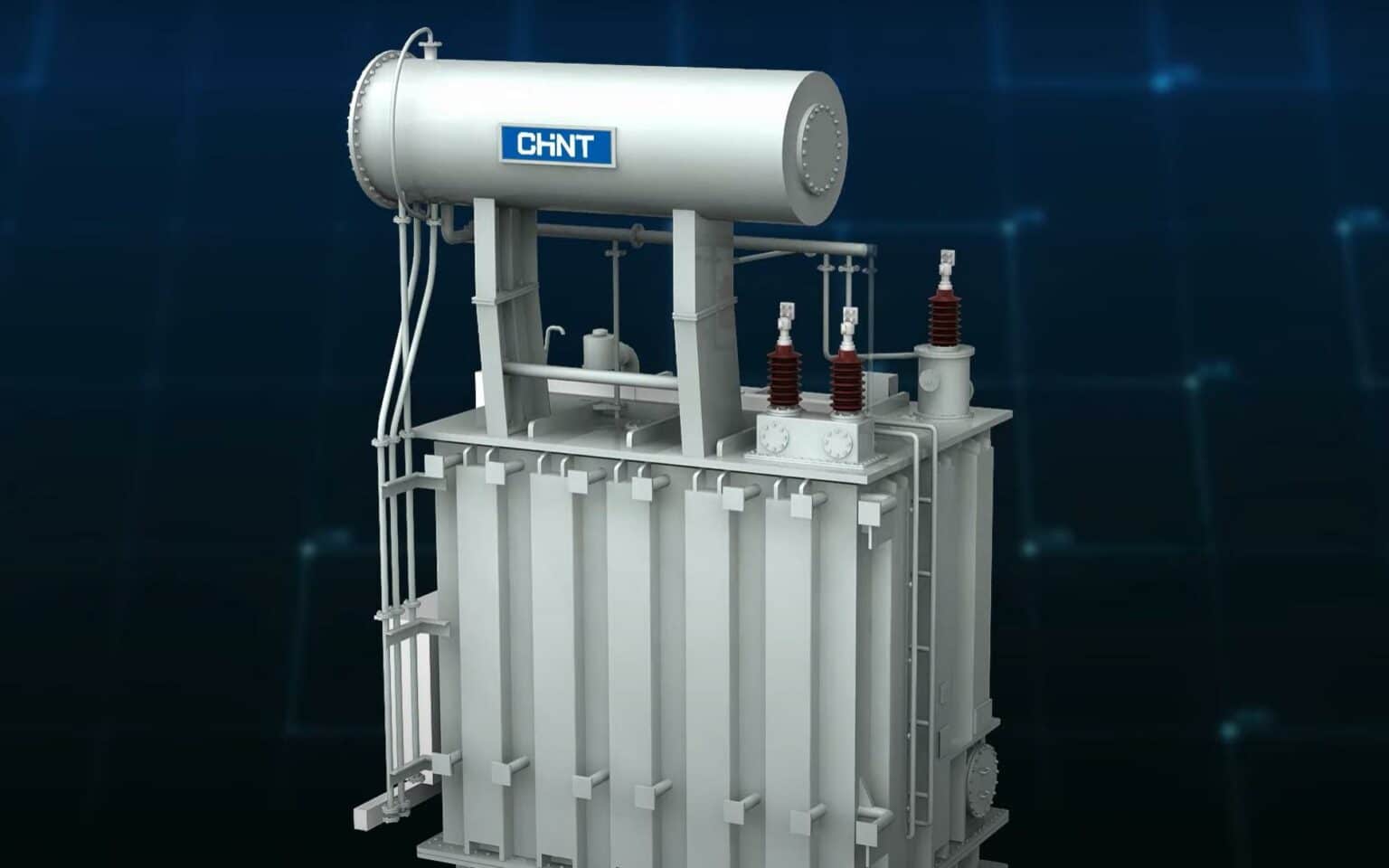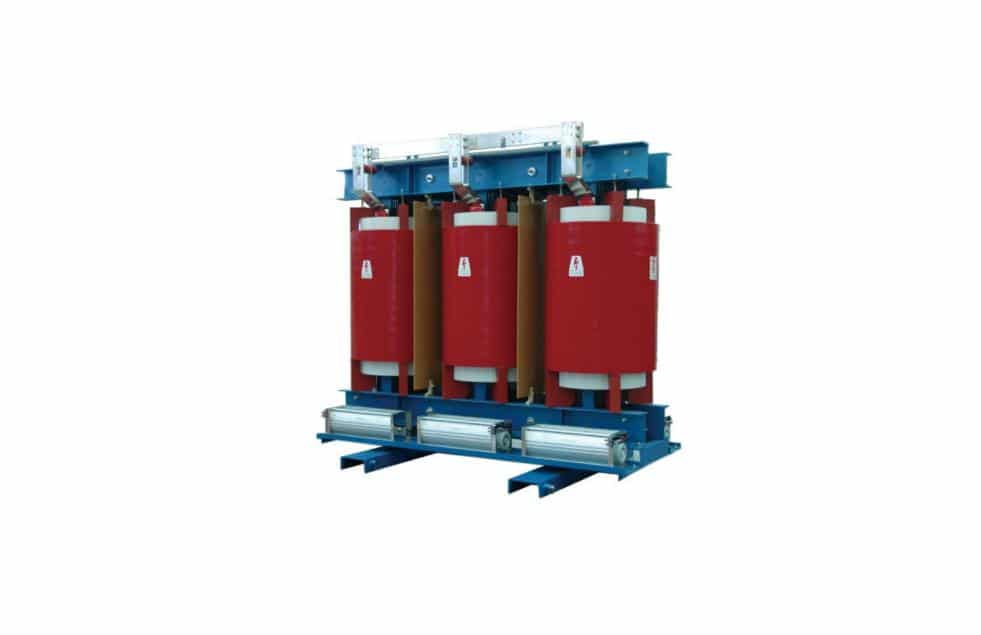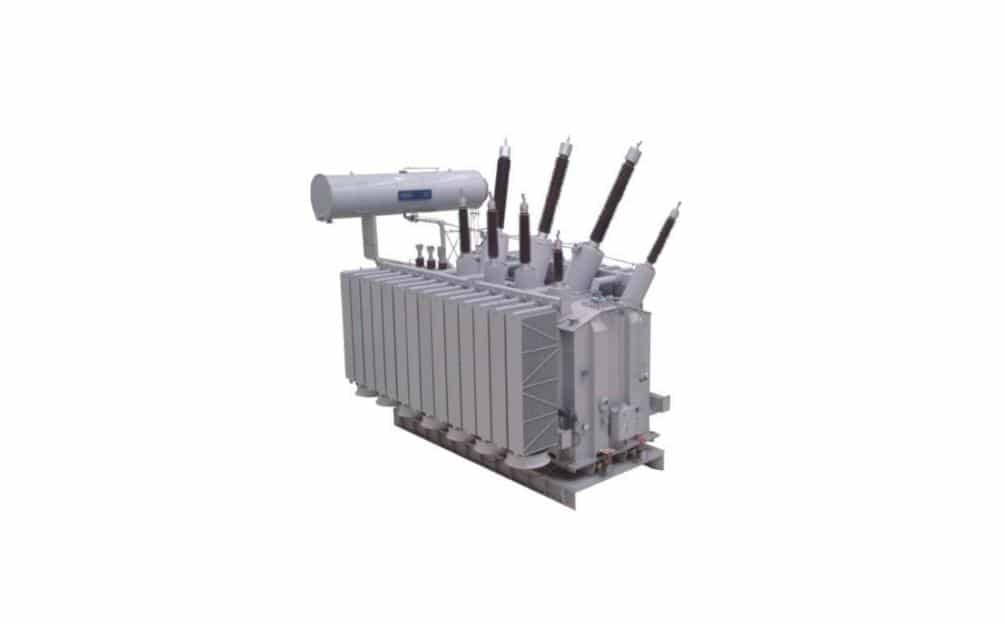Table of Contents |
The purpose of a power transformer is to convert voltage from a high voltage (transmission line) to a low voltage (consumer). The transformer is an electrical device that transfers electric energy by electromagnetic induction.
Transformers are widely used as single and three-phase power supply units in power generation plants, substations, distribution systems, and step-down regulators in industrial equipment. In this article, we will discuss what the purpose of a power transformer is.
Various Types of Transformers
A transformer is a special machine used to change DC voltage from one level to another. It can be considered as an alternating current to a direct current converter. The transformer converts electrical energy into another form and changes AC’s voltage levels into some other levels of AC. Here are some of the transformers.
Step up and Stepdown Transformer
The step-up and step-down transformers are two types of electrical transformers. They’re used to reduce or increase the voltage through an electrical circuit. The step-up transformer is a device that, if placed in series with a source of voltage, will increase the voltage by a specified amount (the amount is usually determined by the ratio of the voltage source to the transformer).
If placed in parallel with the source, it will decrease the voltage by a specified amount (again, the amount is usually determined by the ratio of the voltage source to the transformer).
The step-up transformer is most often used to step up a low voltage alternating current (AC) signal (usually coming from a wall socket) to a higher voltage in different appliances or machines. It’s also used in some portable power sources like rechargeable batteries.
Distribution Transformer
A distribution transformer is a transformer that provides the final voltage transformation in the electric power distribution system, stepping down the voltage used in the distribution lines to the level used by the customer.
The invention of a practical, efficient transformer made AC power distribution feasible; AC power had previously been used only for larger industrial applications.
A distribution transformer has an electrical output of usually below 100 kVA, with most units ranging from 16 kVA to 3500 kVA. Most are single-phase units, although some high power and large capacity units are three-phase. Distribution transformers can be found in electrical substations and at the service entrance to large buildings or groups of buildings.
Smaller distribution transformers may be located on poles or buried underground. They are designed to be rugged, reliable, and have a long lifetime, typically 30 years or more.
Modern distribution transformers can have power ratings up to 3,000 kVA and supply a whole neighborhood with electricity from high voltage lines, usually ranging from 12kV to 69kV.
The secondary voltage depends on local standards and practices. In Australia, for example, it is common for 11kV to be supplied with secondary connections of 415v (phase-neutral).
Current Transformer
A current transformer (CT) is a type of instrument transformer designed to produce an alternating current in its secondary coil proportional to the current being measured in its primary. Current transformers, along with voltage or potential transformers, are instrument transformers.
Instrument transformers scale the high voltage or current values to small, easily measurable values for use in metering and protective relays. Instruments transformers isolate measurement and protection circuits from the high voltages present on the system being measured or protected.
They also step down system voltages to values that can be accurately measured by meters or protection relays. The secondary of a current transformer is typically rated for 5 A or 1 A as this simplified metering at the expense of a slightly less accurate voltage reading. Organizations like the IEC set industry standards for instrument transformers (International Electrotechnical Commission).
What Is the Purpose of a Power Transformer?
The power transformer is a device that converts bulk electrical power from one frequency to another. It uses an electromagnetic field to create a magnetic field in the metal coils, which stores electrical energy and then provides it back in the form of an electric field when the action button is turned on.
A power transformer is used in the National Power Grid, where electricity is converted from alternating current (AC) to direct current (DC). AC electricity can be transformed into DC electricity at a power plant. The DC electricity can then be transmitted over long distances by wires or a grid system.
Chint Power Transformer Product
The Chint Power Transformer product is a premium-grade power transformer that provides reliable service to customers. The transformer is manufactured using high-quality raw material procured from the most reputed vendors in the industry.
Several features like easy installation and low maintenance cost ensure optimum performance under unfavorable weather conditions for long durations. Here are some of the Chint power transformer products.
Dry type Transformer
The dry-type power transformer is a kind of special electrical equipment. It is widely used in industrial and mining enterprises, civil construction, and other places, mainly used to transform the power distribution voltage level. China Power dry-type transformer uses high-quality silicon steel sheet with good magnetic conductivity.
The magnetic core adopts the advanced vacuum pressure pouring technology to make the magnetic core compact, small in size, and light in weight. The winding adopts enameled wire, which can be directly installed indoors without an oil tank and cooling system, which has a high safety factor. It will not cause fire due to oil leakage as an ordinary transformer does, making it more suitable for indoor use and close to people’s life sites.
Oil-immersed Transformer
China Power Oil-immersed Transformer is a kind of transformer with excellent performance, reliable quality, and reasonable price. In the design and manufacture, it adopts the advanced technology and process of domestic and foreign counterparts.
It is applied to power plants, substations, and other occasions. The basic components of the Chint Power Oil-immersed Transformer include core, coil, tank, oil preservation system, and cooling system. The tank is designed to be hermetically sealed.
The insulation structure of the Chint Power Oil-immersed Transformer makes the product have obvious advantages in terms of reliability, heat resistance, and mechanical strength. The core adopts five columns or six columns structure with high mechanical strength.
The coil adopts a new interleaved winding structure to reduce short circuit harmonic loss, improve short circuit withstand capability, improve impulse voltage withstand capability, and reduce noise.
Wrapping Up
The power transformer’s primary function is to change alternating current electricity into direct current electricity. And in this way, it is sometimes called an AC-DC converter or a DC-AC converter, given that it converts alternating current into direct current and vice versa.
It does so using electromagnetic induction, a technology for changing the voltage of alternating current electric power by using one or more magnetic fields. This technology is also used in other electronic devices like televisions, computers, and measuring instruments.















